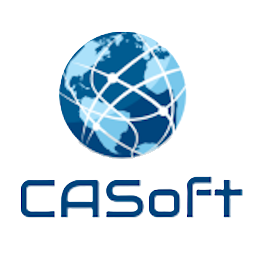Team Foundation Server (TFS) is a Microsoft offering for source control, data collection, reporting, and project tracking, and is intended for collaborative software development projects.It…
In a nutshell, Ellipse ERP is organised as follows: 1- Maintenance: 2- Supply Chain (Requisition, Approval, Consolidation, Pick, Acquit Receipt): 3- HR: 4- Finance: 5-…
JNBridge delivers a message-oriented bridge between Java and .NET objects, undertaking a JMS client on the Java side and .NET remoting on the CLR side.JNBridgePro…
